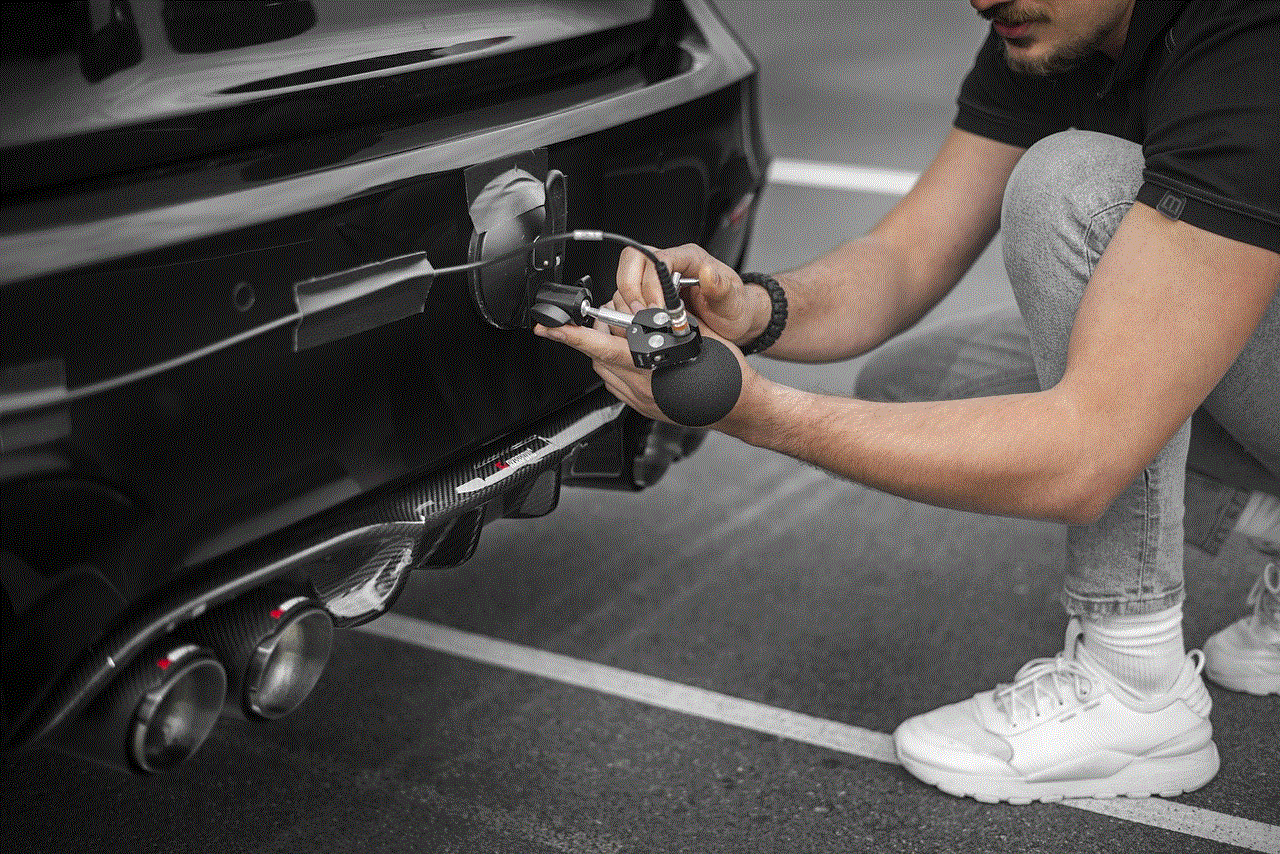filter options in the chrome web store
Title: Exploring the Filter Options in the Chrome Web Store: Enhancing Your Browsing Experience
Introduction:
The Chrome Web Store is a treasure trove of extensions, themes, and applications that enhance the functionality and aesthetics of your Chrome browsing experience. With thousands of options available, finding the perfect addition to your browser can sometimes be overwhelming. However, the Chrome Web Store offers a robust set of filter options to help you narrow down your search and discover the most relevant and useful extensions. In this article, we will delve into the various filter options available in the Chrome Web Store and explore how they can enhance your browsing experience.
1. Sorting by Category:
One of the primary ways to filter extensions in the Chrome Web Store is by category. Whether you’re looking for productivity tools, ad blockers, or entertainment add-ons, the category filter allows you to instantly narrow down the available options to match your specific needs. By selecting a category, you can focus on extensions that align with your interests and requirements.
2. Sorting by Rating:
Sorting by ratings is an effective way to identify extensions that have been positively reviewed by other users. The Chrome Web Store provides a rating system that allows users to rate and review extensions based on their experiences. By filtering extensions based on their rating, you can discover popular and highly-rated options that have been proven to be reliable and useful.
3. Sorting by Popularity:
The popularity filter in the Chrome Web Store allows you to discover trending and widely-used extensions. Extensions that have gained significant traction among users are more likely to have a larger user base, regular updates, and better support. By sorting by popularity, you can explore extensions that are trusted and widely adopted by the Chrome community.
4. Sorting by Compatibility:
The Chrome Web Store offers a compatibility filter that allows you to find extensions that work with your specific version of Chrome. This filter ensures that you only see extensions that are compatible with your browser, eliminating the hassle of trying out extensions that may not work as intended.
5. Sorting by Language:
If you prefer to browse extensions in your native language, the Chrome Web Store provides a language filter. This filter enables you to explore extensions that have been translated into your preferred language, making it easier to find and understand the functionality of each extension.
6. Sorting by Price:
While the majority of extensions in the Chrome Web Store are free, there are also premium options available. By sorting extensions by price, you can quickly identify and explore the premium extensions that offer advanced features and enhanced functionality. This filter is particularly useful if you are willing to invest in extensions with additional capabilities.
7. Sorting by Recent Updates:
The recent updates filter allows you to discover extensions that have been actively maintained and updated by their developers. By selecting this filter, you can ensure that you are installing extensions that are compatible with the latest Chrome updates and benefit from the latest features and improvements.
8. Sorting by User Engagement:
The user engagement filter in the Chrome Web Store enables you to explore extensions that have a high level of user engagement, such as those with a significant number of active users, ratings, and reviews. This filter helps you discover popular extensions that are actively used and recommended by the Chrome community.
9. Sorting by Developer:
If you have a preference for extensions developed by a specific individual or company, the developer filter allows you to narrow down your search accordingly. This filter is particularly useful if you have previously used and enjoyed extensions from a particular developer and want to explore their other offerings.
10. Sorting by Installations:
By sorting extensions based on the number of installations, you can identify popular and widely-used extensions that have gained the trust and reliability of a large user base. This filter is especially helpful if you are looking for extensions that are proven to be effective and widely adopted by other users.
Conclusion:
The filter options in the Chrome Web Store provide a powerful set of tools to help you navigate through the vast selection of extensions available. By utilizing these filters, you can easily find and install extensions that align with your preferences, enhance your browsing experience, and boost your productivity. Whether you are seeking productivity tools, entertainment add-ons, or security enhancements, the filter options in the Chrome Web Store ensure that you can discover the perfect extensions to personalize and optimize your Chrome browser.
how do i turn off autoplay on youtube
How to turn off Autoplay on youtube : A Complete Guide
YouTube, the world’s largest video-sharing platform, has become an integral part of our lives. With its vast collection of videos ranging from entertainment to educational content, it has something for everyone. However, one feature that can sometimes be frustrating is the autoplay function. Autoplay automatically plays the next video in the queue once the current video finishes. If you find this feature bothersome and want to turn it off, you’ve come to the right place. In this comprehensive guide, we will walk you through the various methods to disable autoplay on YouTube.
Table of Contents:
1. What is Autoplay on YouTube?
2. Why Would You Want to Turn Off Autoplay?
3. Method 1: Disabling Autoplay on the YouTube Website
4. Method 2: Disabling Autoplay on YouTube Mobile App
5. Method 3: Disabling Autoplay on YouTube TV
6. Method 4: Disabling Autoplay on YouTube Kids
7. Method 5: Disabling Autoplay on YouTube Music
8. Method 6: Disabling Autoplay on YouTube for Chrome Browser
9. Method 7: Using Browser Extensions to Disable Autoplay
10. Method 8: Disabling Autoplay on YouTube for Firefox Browser
11. Method 9: Disabling Autoplay on YouTube for Safari Browser
12. Method 10: Disabling Autoplay on YouTube for Microsoft Edge Browser
13. Conclusion
1. What is Autoplay on YouTube?
Autoplay is a feature on YouTube that automatically plays the next video in the queue once the current video finishes. This feature aims to provide a seamless viewing experience by eliminating the need for users to manually select the next video. While it can be convenient at times, it can also be annoying if you prefer to have more control over what you watch.
2. Why Would You Want to Turn Off Autoplay?
There are several reasons why you might want to turn off autoplay on YouTube. Firstly, autoplay can be distracting, especially if you’re trying to focus on a specific video or topic. Additionally, autoplay can consume more data, especially if you have limited internet connectivity or a capped data plan. Furthermore, if you’re using YouTube as a background music player or for relaxation purposes, autoplay can disrupt the flow of your chosen content. Turning off autoplay gives you more control over your viewing experience and allows you to select videos manually.
3. Method 1: Disabling Autoplay on the YouTube Website
To turn off autoplay on the YouTube website, follow these steps:
Step 1: Open the YouTube website in your preferred web browser.
Step 2: Sign in to your YouTube account if you haven’t already.
Step 3: Click on your profile picture located at the top-right corner of the page.
Step 4: In the dropdown menu, click on “Settings.”
Step 5: On the left sidebar, click on “Playback and performance.”
Step 6: Scroll down to find the “Autoplay” section.
Step 7: Toggle the switch next to “Autoplay next video” to disable it.
Step 8: You can also disable autoplay while watching a video by clicking on the “Autoplay” button below the video player.
4. Method 2: Disabling Autoplay on YouTube Mobile App
To turn off autoplay on the YouTube mobile app, follow these steps:
Step 1: Open the YouTube app on your mobile device.
Step 2: Sign in to your YouTube account if you haven’t already.
Step 3: Tap on your profile picture located at the top-right corner of the screen.
Step 4: In the dropdown menu, tap on “Settings.”
Step 5: Tap on “Autoplay.”
Step 6: Toggle the switch next to “Autoplay next video” to disable it.
5. Method 3: Disabling Autoplay on YouTube TV
To turn off autoplay on YouTube TV, follow these steps:
Step 1: Open the YouTube TV app on your television or streaming device.
Step 2: Navigate to the home screen by pressing the “Home” button on your remote.
Step 3: Scroll down to find the “Settings” option.
Step 4: Select “Settings.”
Step 5: Scroll down to find the “Autoplay” section.
Step 6: Toggle the switch next to “Autoplay next video” to disable it.
6. Method 4: Disabling Autoplay on YouTube Kids
To turn off autoplay on YouTube Kids, follow these steps:
Step 1: Open the YouTube Kids app on your mobile device.
Step 2: Tap on the lock icon located at the bottom-right corner of the screen.
Step 3: Enter the parental lock code when prompted.
Step 4: Tap on the profile picture located at the top-right corner of the screen.



Step 5: In the dropdown menu, tap on “Settings.”
Step 6: Tap on “Autoplay.”
Step 7: Toggle the switch next to “Autoplay videos” to disable it.
7. Method 5: Disabling Autoplay on YouTube Music
To turn off autoplay on YouTube Music, follow these steps:
Step 1: Open the YouTube Music app on your mobile device.
Step 2: Tap on your profile picture located at the top-right corner of the screen.
Step 3: In the dropdown menu, tap on “Settings.”
Step 4: Tap on “Autoplay.”
Step 5: Toggle the switch next to “Autoplay” to disable it.
8. Method 6: Disabling Autoplay on YouTube for Chrome Browser
To turn off autoplay on YouTube for the Chrome browser, follow these steps:
Step 1: Open the Chrome browser on your computer.
Step 2: Visit the Chrome Web Store and search for the “YouTube Autoplay Stopper” extension.
Step 3: Click on “Add to Chrome” to install the extension.
Step 4: Once installed, the extension will automatically disable autoplay on YouTube.
9. Method 7: Using Browser Extensions to Disable Autoplay
Apart from the Chrome browser, you can also use browser extensions to disable autoplay on other browsers such as Firefox, Safari, and Microsoft Edge. Search for the respective extensions in their respective extension stores and follow the installation instructions to disable autoplay on YouTube.
10. Method 8: Disabling Autoplay on YouTube for Firefox Browser
To turn off autoplay on YouTube for the Firefox browser, follow these steps:
Step 1: Open the Firefox browser on your computer.
Step 2: Click on the menu button located at the top-right corner of the browser.
Step 3: In the dropdown menu, click on “Add-ons.”
Step 4: In the Add-ons Manager tab, search for “Disable HTML5 Autoplay” in the search bar.
Step 5: Click on “Add to Firefox” next to the extension with the same name.
Step 6: Click on “Install” to add the extension to Firefox.
Step 7: Once installed, the extension will disable autoplay on YouTube.
11. Method 9: Disabling Autoplay on YouTube for Safari Browser
To turn off autoplay on YouTube for the Safari browser, follow these steps:
Step 1: Open the Safari browser on your computer.
Step 2: Click on “Safari” in the menu bar at the top of the screen.
Step 3: In the dropdown menu, click on “Preferences.”
Step 4: Click on the “Websites” tab.
Step 5: In the left sidebar, click on “Auto-Play.”
Step 6: Find “youtube.com” in the list of websites and change the dropdown menu to “Never Auto-Play.”
12. Method 10: Disabling Autoplay on YouTube for Microsoft Edge Browser
To turn off autoplay on YouTube for the Microsoft Edge browser, follow these steps:
Step 1: Open the Microsoft Edge browser on your computer.
Step 2: Click on the menu button located at the top-right corner of the browser.
Step 3: In the dropdown menu, click on “Extensions.”
Step 4: Click on “Get extensions from Microsoft Store.”
Step 5: In the Microsoft Store, search for “Turn Off the Lights for Microsoft Edge” extension.
Step 6: Click on “Get” to install the extension.
Step 7: Once installed, the extension will disable autoplay on YouTube.



13. Conclusion
Autoplay can be a useful feature, but it may not be everyone’s cup of tea. If you prefer to have more control over your YouTube viewing experience, disabling autoplay is the way to go. Whether you’re using the YouTube website, mobile app, TV app, Kids app, Music app, or various web browsers, there are multiple methods available to turn off autoplay. By following the step-by-step instructions provided in this guide, you can easily disable autoplay and enjoy a more personalized YouTube experience. So, go ahead and take control of your YouTube journey!
set up chromebook without google account
Title: Setting Up a Chromebook Without a Google Account: A Comprehensive Guide
Introduction:
Chromebooks have gained immense popularity due to their simplicity, affordability, and seamless integration with Google services. However, not everyone wants to use a Google account for various reasons, such as privacy concerns or personal preferences. Fortunately, it is possible to set up and use a Chromebook without a Google account. In this article, we will provide a step-by-step guide on how to set up a Chromebook without a Google account, ensuring you can still enjoy the benefits of this lightweight and efficient operating system.
1. Understand the Limitations:
Before we dive into the setup process, it is important to understand that using a Chromebook without a Google account comes with certain limitations. Without a Google account, you won’t be able to access the full range of Google services and apps, such as Gmail, Google Drive, or Google Play Store. However, there are alternative solutions available for most of these services, which we will discuss later in this guide.
2. Power on the Chromebook:
To begin the setup process, power on your Chromebook by pressing the power button, typically located on the top right corner of the keyboard or along the side of the device.
3. Skip the Google Account Setup:
After powering on the Chromebook, you will be prompted to sign in with a Google account. To skip this step, click on the “Skip” button located at the bottom of the screen.
4. Enable Guest Mode:
Once you’ve skipped the Google account setup, you will be presented with the option to sign in as a guest. Select the “Browse as Guest” option to proceed. Guest mode allows you to use the Chromebook without signing in with a Google account, but keep in mind that all your data will be deleted when you log out.
5. Explore Guest Mode Features:
In guest mode, you can still enjoy many of the Chromebook’s features, such as web browsing, using web apps, and accessing local files. However, you won’t have access to features that require a Google account, like installing Android apps from the Play Store or accessing Google Drive for cloud storage.
6. Install Web Apps:
To enhance your Chromebook experience without a Google account, you can install web apps from the Chrome Web Store. These apps function similarly to traditional desktop applications and can provide alternatives to Google services. For example, you can use web-based email clients like ProtonMail or Zoho Mail instead of Gmail.
7. Explore Alternative Cloud Storage Solutions:
Without Google Drive, finding an alternative cloud storage solution is crucial. Many cloud storage providers offer web-based access and even dedicated apps for Chromebooks. Providers like Dropbox, Microsoft OneDrive, or Box can help you store and access your files securely.
8. Use Offline Apps:
Some web apps can work offline, allowing you to continue working even when you don’t have an internet connection. Apps like Google Docs, Sheets, or Slides have offline capabilities, enabling you to create and edit documents offline, and sync them once you regain an internet connection.
9. Customize Chromebook Settings:
To personalize your Chromebook experience, you can access the settings by clicking on the clock in the bottom right corner of the screen, then selecting the gear icon. From there, you can adjust various settings, such as display, keyboard, touchpad, and accessibility options.
10. Security and Privacy Considerations:
When using a Chromebook without a Google account, it is crucial to take extra measures to protect your privacy and data. Ensure your Chromebook is up to date with the latest security patches, use reputable antivirus software, and avoid downloading files from untrusted sources. Additionally, consider using a virtual private network (VPN) to encrypt your internet connection and protect your online activities.



Conclusion:
Setting up and using a Chromebook without a Google account is possible, allowing you to enjoy the benefits of this lightweight operating system while maintaining your privacy and personal preferences. By following the steps outlined in this guide, you can explore alternative apps, cloud storage solutions, and customize your Chromebook to suit your needs. Remember to stay vigilant about security and privacy measures to ensure a safe and enjoyable Chromebook experience.